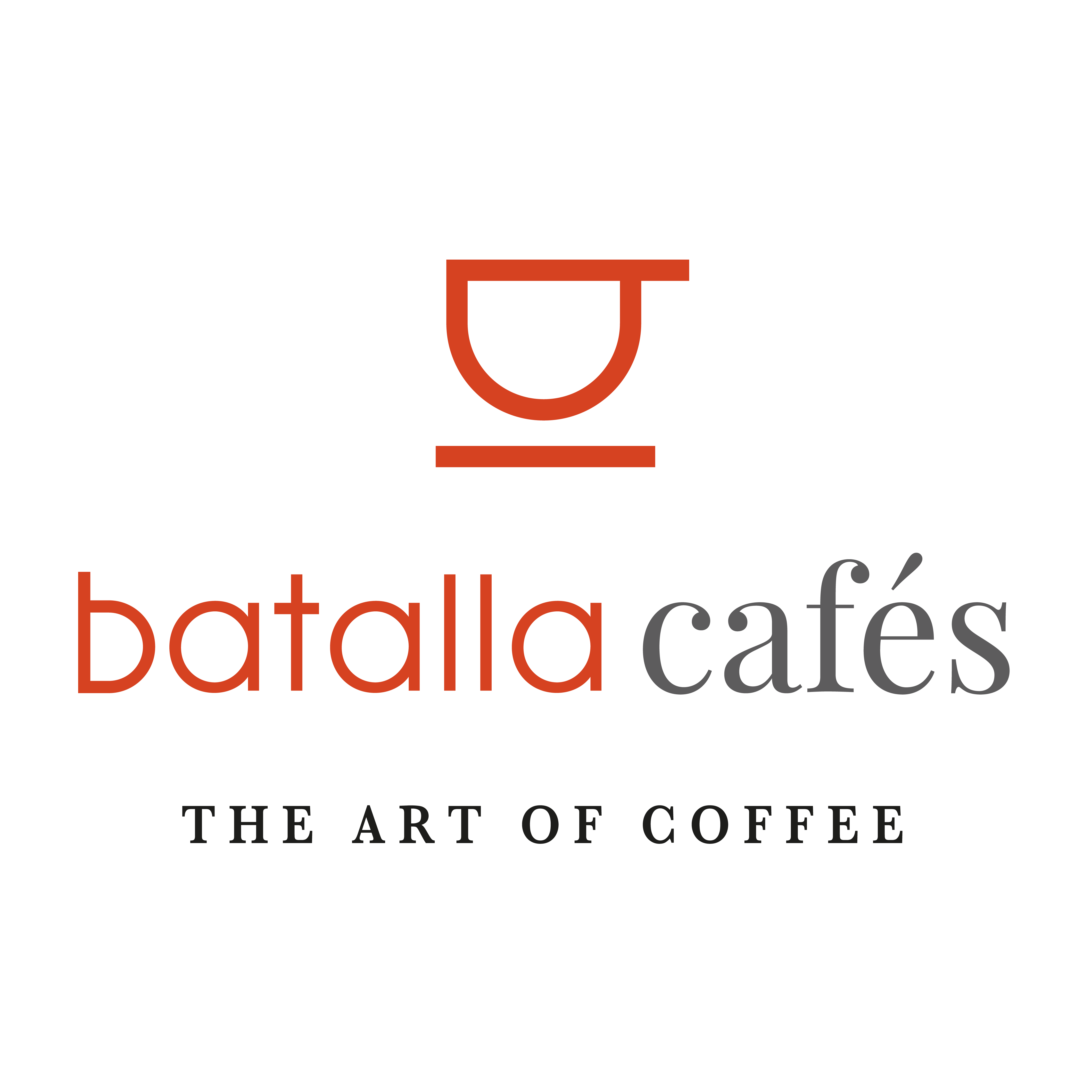One of those silly mornings that start when my energy still doesn't seem to have woken up, I go into Victor's bar which, although it's not the one I visit the most, has what it takes to make me feel safe. I ask at the bar, still deserted, for a espresso macchiato for the pleasure of tasting it, but even more so, I confess, so that the caffeine give me a hand on the steep slope that this cold January day seems to be turning into.
I watch the waiter move the jug as he pours the milk which baristaI was curious, as a lady of high society would do with her fan on a Sunday in August at twelve o'clock mass. My curiosity was quickly satisfied when I realised that a cream butterfly-shaped crowns this first coffeewhich ceases to be routine and becomes, as I am telling you now, an experience. gastronomiccultural, geographical and almost mystical.
The waiter, who is none other than Victor himself, remains at a safe distance, but enough to check my reaction and surprise.
-Let's see if this butterfly is a good omen of what is going to happen to me today. - I think and say to him.
Victor, coming closer to make sure that his explanation will have only one interlocutor, tells me what I now find more than interesting, more than essential to know about this or any other coffee.
-These two "wings" of cream are a small tribute to the butterfly effect that occurs when someone consumes a coffee anywhere. This seemingly inconsequential gastronomic gesture will have an impact on some of the 120 million people in the world who depend on coffee. coffee production. In most cases, very poor people, living in countries that offer them few alternatives.
Yes, I'm sure you know, and almost everyone who drinks knows. coffeeBrazil is the largest and the one that is not. coffee producer. Its two star varieties are the Arabica and Conilon (Robusta) of which produces 55 million coffee bagsone sack, which is the measurement of coffee trade industrially, it typically weighs sixty kilos, and generates almost nine million jobs, almost as many as there are square kilometres in the largest country in the world. South America. But, in addition to Brazil and Colombia -another well-known classic producer- other countries in the American continent, and AfricaThey rely on this product to sustain their economy.
Do you remember Meryl Streep's uneasiness on her Kenyan plantation? Well, the character she plays in "Out of Africa" is one of the British settlers who introduced it. Today, Kenyaproduces 800,000 coffee bags employing 700,000 people. Yes, you heard right. Approximately 60 kilos per person per year, of the varieties Ruiru and currently the Batian.
Uganda with 1.7 million families engaged in the coffee industryis the second largest producer on the African continent (Ethiopia is the first) and the first coffee exporter from Africa. From this land (Uganda), which once fascinated the explorer Winston Churchill, come almost 5 million bags, of which 80% are of the Robusta variety and the rest are Arabica. There are two indigenous varieties of Robusta: the Erecta and Nganda. Interestingly China and Japan are important clients. Even without leaving Africa, and I will summarise, while you finish this coffee and try the special that I am preparing for you now, to which "the house" invites you, the missionaries, in many cases, were the ones in charge of spreading the coffee culture as a means of maintaining the earthly bodies of those souls they were sent to save.
The Germans brought to Rwanda the Bourbon Arabica. In Burundi 700,000 families now make their living from coffee, making over 200,000 bags a year, 65% of the country's exports and 98% being Arabica.
"The Bourbon variety has sweetness and a round body, which I hope you notice and like as much as I do". It was the phrase that accompanied the serving of what would be my second coffee of the day and the most enlightened of my life, no doubt.
And without altering his speech, because if anyone is capable of doing several things at the same time and doing them well, it is a waiter, he went on counting...
-Further afield, much further, a country you probably can't imagine, Indonesia, (5 main islands and...more than 17,000 islands of which some 6,000 are uninhabited) was the destination of many Dutch merchant seafarers who turned this, still for many exotic Asian country, into Europe's most important coffee supplier. This is why Arabica is sometimes called Java. More recently, though, they switched to Robusta after what might be called the phylloxera of coffee, rust. Today, it is the world's fourth largest producer of this variety after Brazil, Colombia and Vietnam with 9.4 million bags.
Of course, because of cultural affinity, and because our culture is a slave to cinema, you will know the importance of coffee plantations in Guatemala: Arabica, but with a very different taste depending on whether it is grown at higher or lower altitudes.
Costa Rica: Arabica mainly Caturra and Catuai varieties. It is acidic. Spain is in fourth place among importing countries.
Nicaragua, where it has long been the most important agricultural product and occupies more than 15% of the labour force. The majority is Arabica of the Caturra variety. Spain is the 14th largest importing country, with the USA being, curiously enough and despite their political differences, the first. Ah, we cannot forget Honduras, the world's fifth largest producer with almost 10 million bags, 100% Arabica, mainly Typica and Caturra. More than 1 million jobs, although part of the coffee is marketed, let's say unclearly, through Nicaragua, Guatemala and Mexico.
Although Victor is a traveller, he acknowledges that his knowledge has been acquired by talking to and negotiating with his supplier, a deep coffee lover like him, Cafes Batalla. A passion of which I take a portion, this now less cold January morning, when I walk to my office distractedly chasing the butterfly that started its flight in my cup of coffee.




